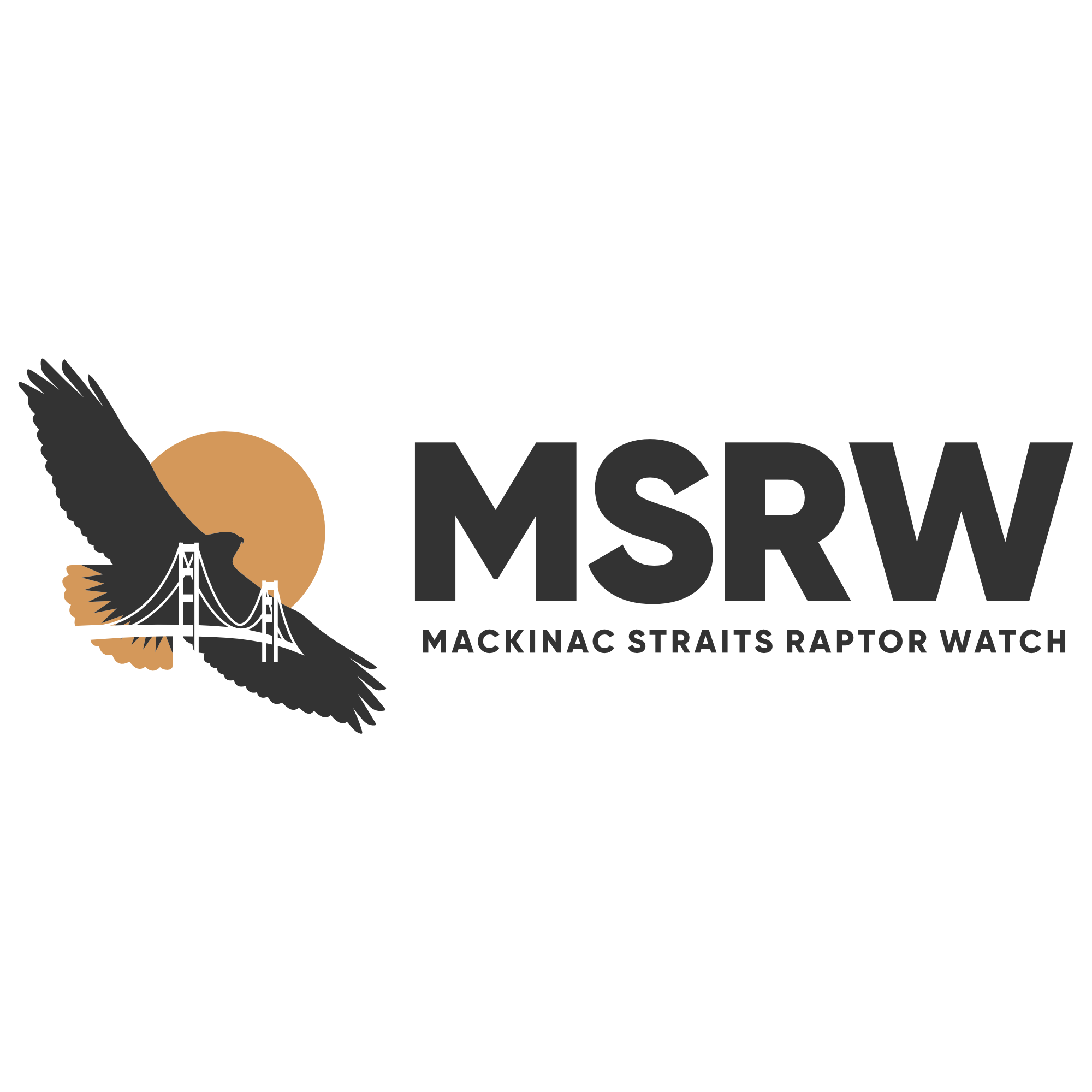In addition to putting a band on each owl we catch at MSRW’s owl-banding station on Point LaBarbe, we take a variety of measurements and we try to determine the age and sex each of individual. Determining the age of a bird helps us understand population dynamics of a bird population. For example, if we catch a high number of young of the year (aka hatch-year) birds in the fall, this tells us that reproduction was good last summer.
So you may ask, how does one age an owl? Owls have an incomplete molt, which means that during their once-a-year flight feather molt, they only shed some of their flight feathers while retaining others for up to three years. This means that, for example, a two year old owl has both new feathers and one-year-old feathers in its wing. A three year old owl has new feathers, one-year-old feathers and two-year-old feathers in its wing. The only time an owl has an entire set of new feathers is during its hatch year, when it has to grow an entire set of feathers after hatching.
The different feather ages are especially easy to see in Northern Saw-whet Owls. New flight feathers contain a chemical called porphyrin which fluoresces bright pink when we shine a UV light on the wing.
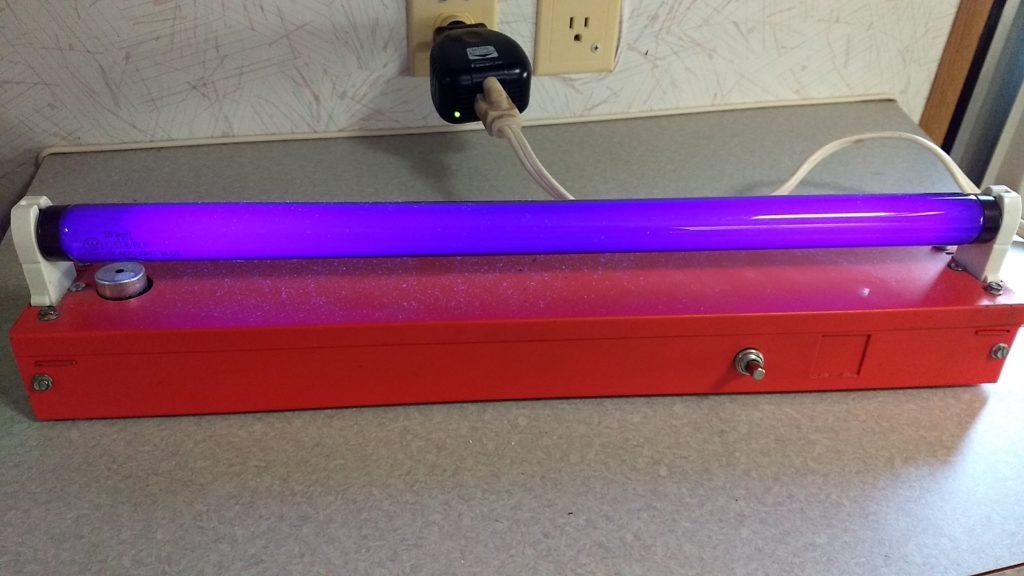
Here is a photo of of the wing of a hatch-year bird with a full complement of new feathers.
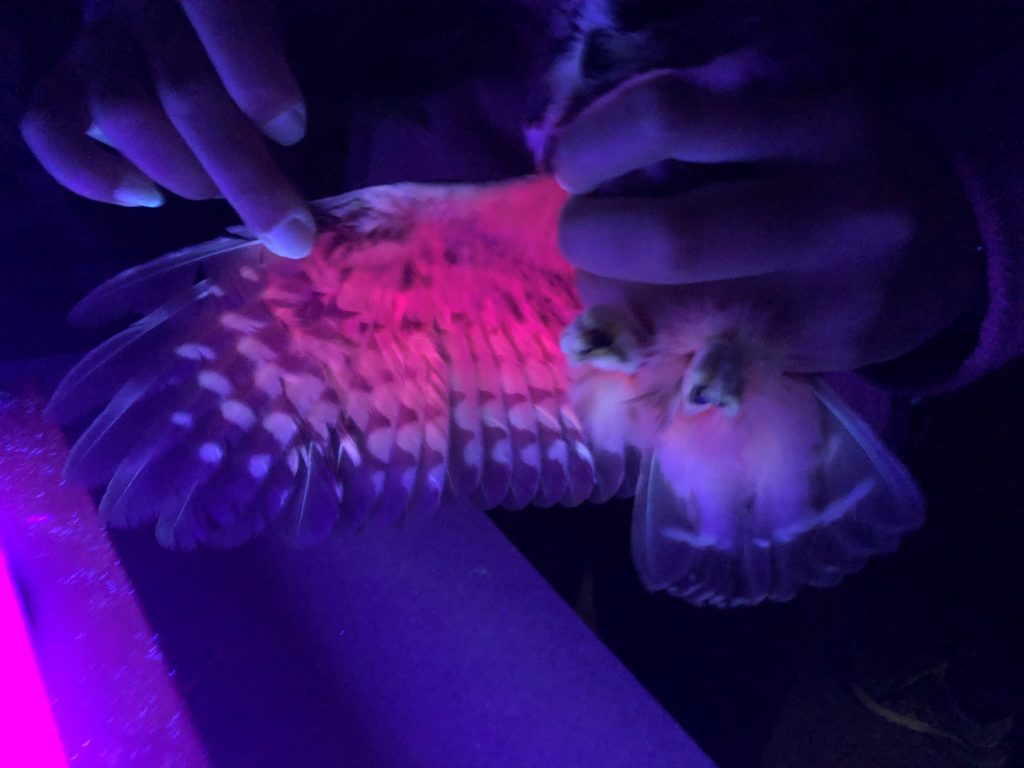
This chemical breaks down as the feather ages and thus, older feathers do not fluoresce. In the following photo, a second-year bird has two age classes of feathers – the bright pink new outer and inner feathers which it has just replaced and the pale one-year-old feathers in the middle. This is the classic molt pattern of a second-year saw-whet.
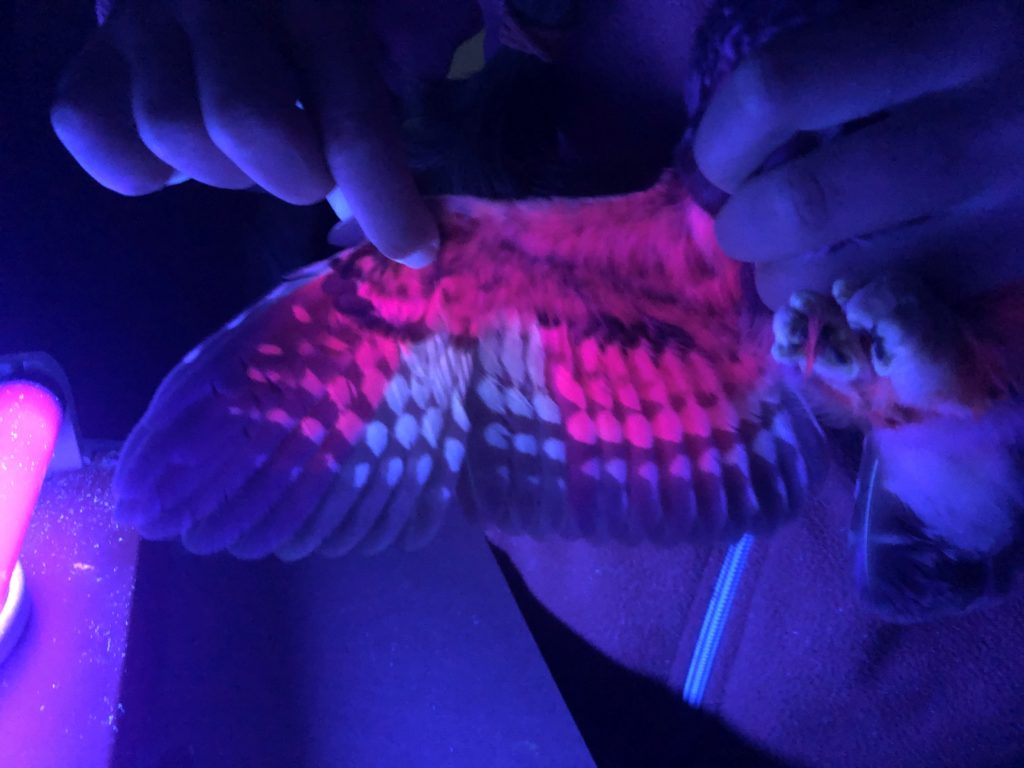
After the second year, there is no regular pattern of molt and any feathers could be replaced at anytime. Thus whenever we see an irregular molt pattern we can only say that the owl is older than two years. For example, in the following individual, the outer primaries and a group of feathers in the middle have been newly replaced.
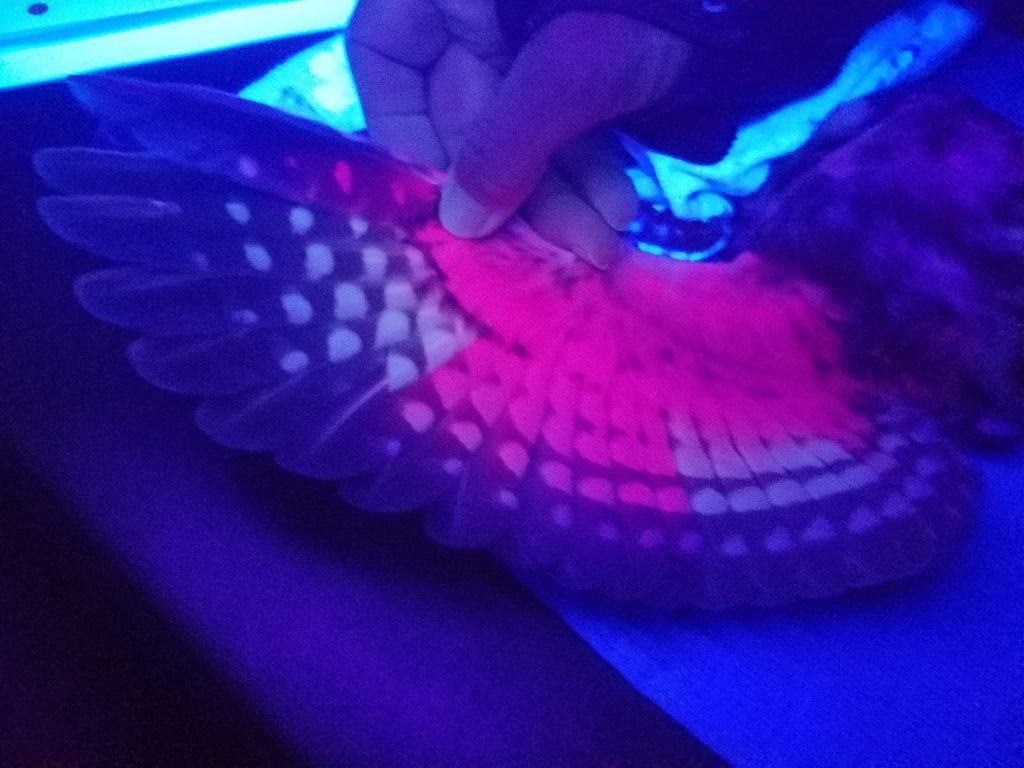
We can also use the UV light to examine feather age in other owl species, but more typically, we look at the shape and extent of barring on particular feathers. For example, the barring on the central tail feather of the Barred Owl we caught earlier this fall tells us that this bird was more than two years old.
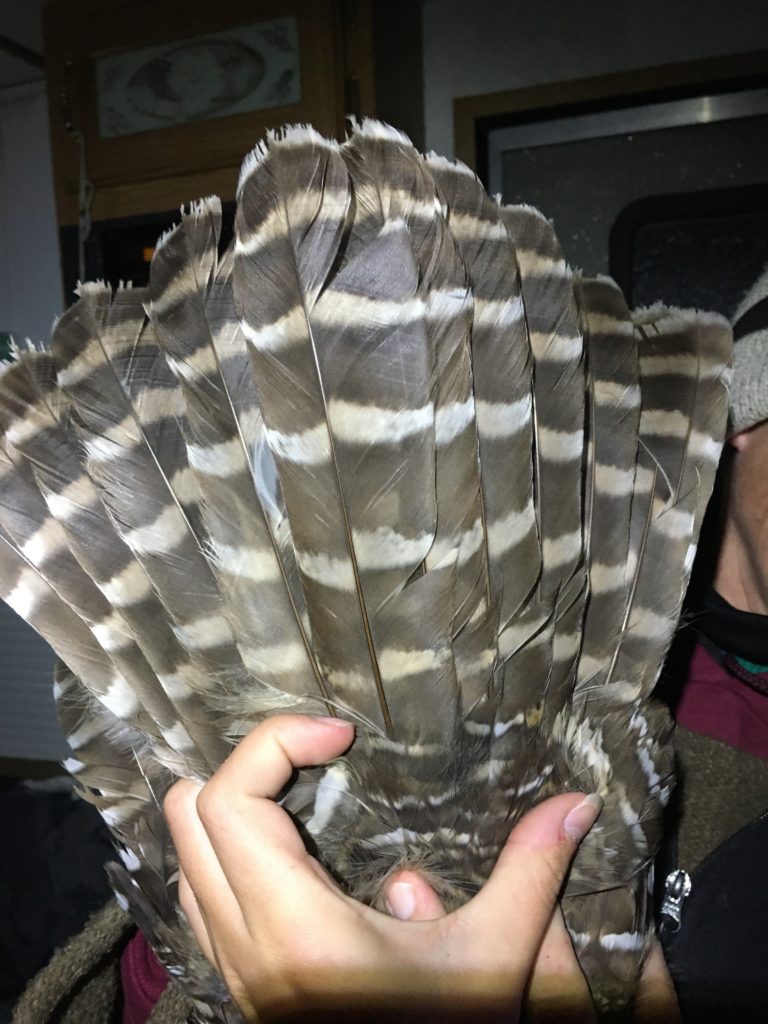
Owl-banding totals September 18th through October 15th:
Northern Saw-whet Owl: 359
Long-eared Owl: 3
Barred Owl: 1
-Nancy Drilling, lead owl-bander

